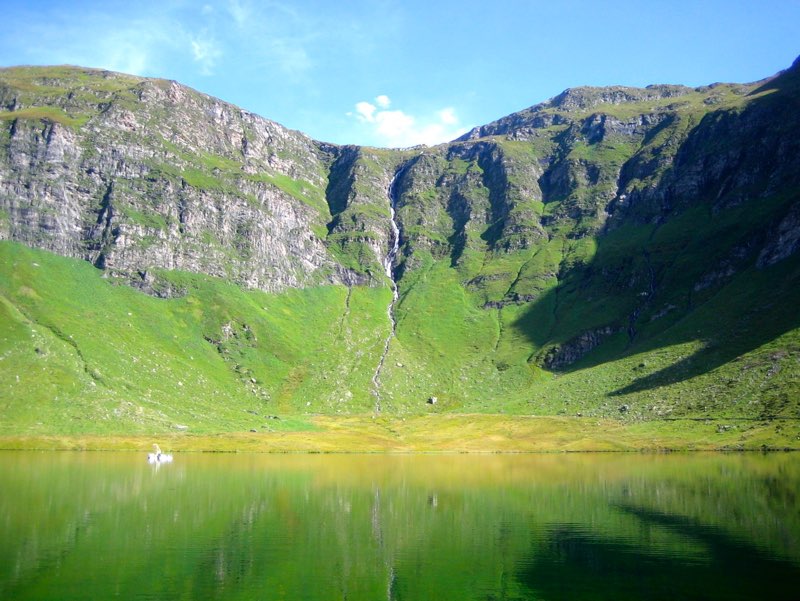
The sediments preserve the environmental history of the lake, its biology, and ecological conditions. With core scanning x-ray fluorescence, we measured molybdenum concentrations at 1 mm resolution (corresponding to <1 yr on average) in sediment cores and found a marked transition to anoxic and sulfidic water column conditions occurring 9800 yr ago, after a period of intense Mn cycling in the lake. To our astonishment, Cadagno has conserved anoxic conditions 100-fold longer than previously known.
Molecular analyses (DNA and pigments) record the presence of anoxic phototrophic communities and confirm the Mo-based evidence for anoxic and sulfidic water column conditions, while providing temporal details on periods dominated by green sulfur bacteria (GSB) and purple sulfur bacteria (PSB). These communities have different adaptation to light and nutrients, but always require anoxic bottom waters.
With the new reconstruction, one can learn how microbial and biogeochemical processes in the sediments (diagenesis) alter the chemical signals over 10 kyr time scales. This improves our ability to use Lake Cadagno as a calibration site for new techniques that allow us to understand anoxic conditions on early Earth.
References:
Dahl et al. GCA (2010): Molybdenum cycling in Lake Cadagno
Wirth et al. GCA (2013): 9800 years of euxinia
